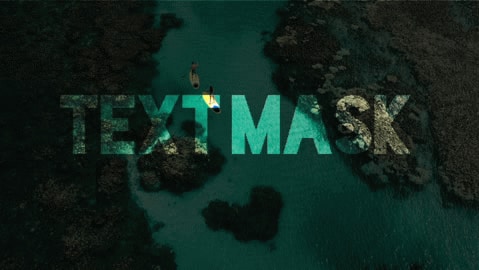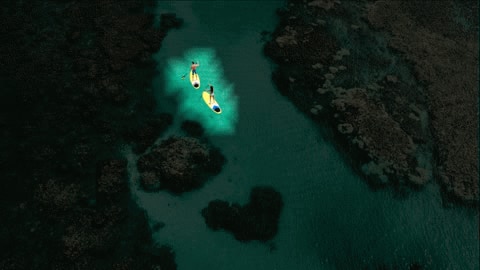Understanding Video Masks
Your Guide to Understanding How and Why to Use Video Masks
The impact of masking on video editing
Masking is one of the newer mainstream tools offered by video editors to enhance your projects creatively. Video masks are all well-known video production tool that allows hollywood producers to achieve remarkable visual effects. You too can use video masks to expand your creative possibilities.
Video Masks are a revolutionary addition to your masking toolkit, with a wide range of uses. Video masks can be used for everything from basic fixes like subject enhancement and blurring out objects such as faces or license places, to pro-level edits like hiding unwanted objects, cloning subjects/objects, and creating unique transitions or title reveals.
Need to Download VideoStudio?
Download a free 30 day trial now!
How are the different types of video masks used?
Each variation of video mask has different popular uses. Understanding each type of mask will help you to know which type to use in your video edits to correct footage, add creative effects, and take your video production to the next level.

Still masks
are fixed in shape and position over the clip

Text masks
are a type of still mask

Video masks
are dynamic and can change shape and position
Still Masks
Still masks are fixed in position. Once a still mask is created, it doesn’t change shape or location, and is not content-aware. It masks the same area of a clip from start to finish. Regular static masks are made using shapes or a paintbrush tool, so you can adjust them to suit the shape and size of the object you want to mask.
Basic static masks work great when you want to create a layout for footage with basic shapes, or overlay new material atop a stationary object within your footage, such as replacing what’s displayed on a computer screen.
Text Masks
Text masks are another example of a still video mask, but are created using text rather than paintbrush or shaping tools. Text masks offer unique opportunity to show footage through a word to add emphasis, context or creative effect to titles within your video project.
Video Masks
Video masks are similar to basic still masks, with one significant difference: they can be changed across frames. Rather than sitting stationary over the position that you initially set, video masks can be set in motion, following a preset path or tracking objects semi-automatically using edge detection and motion tracking.
Using Video Masks
The flexibility that video masks offer means that they can be made to feel more integrated with the objects and people within your footage than still masks. Because video masks are able to track objects across footage, it’s possible to target effects to a face or object automatically, saving valuable editing time and empowering you to achieve advanced effects including removing objects from your footage, blurring faces or license plates, enhancing subjects with effects, combining clips creatively, cloning subjects, and more.
Why to Use VideoStudio for Video Masking
VideoStudio is your intuitive, creative and easy video editor. VideoStudio makes masking your video easier than ever. Transform your photos and videos into movies you’ll be proud to share. With powerful tools like custom video masks, new dynamic Split Screen videos, and advanced Color Grading controls, your videos will come to life in ways you never imagined!
VideoStudio Ultimate is fully loaded with powerful features. Explore more than 2,000 customizable filters, elegant titles, new seamless transitions, and premium effects. Play with speed, edit 360 video, and stabilize any shaky footage for a polished production worthy of the big screen!